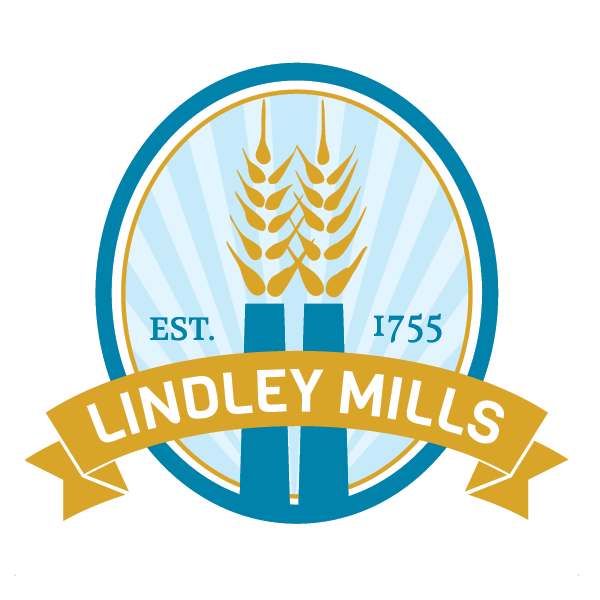The very first thing a baker should know is that Super Sprout™ Wheat Flour is “thirstier” than a typical sifted white flour or whole wheat flour. We typically recommend adding 10% more water in baker’s percentages to your recipe. (If baker’s percentages are new to you, check out our blog on that here.) Listen to your 5 senses as you are baking. A 100% Super Sprout™ Wheat dough should be a bit more wet than whole wheat or white flour, so add water accordingly. The dough should feel wet and a bit slack when hydrated properly.
Our Super Sprout™ Wheat flour has a protein level of around 14%, which is higher than much of the flour that you would find at the grocery store, especially if you’re used to working with a white flour, such as all purpose. It is important to make sure that you mix the Super Sprout™ Wheat flour long enough to fully develop the gluten strands in the flour. In order to develop the gluten strands fully, you may need to mix your breads a bit longer, or try the stretch and fold method which is much less work (see Peter Reinhart’s explanation of this here: https://www.youtube.com/watch?v=1timJlCT3PM), so that you won’t over handle your bread, but it will be able to hold gas and fully rise.
Lastly, it is easy to be fooled into thinking that your Super Sprout™ Wheat loaf is “done” too quickly because it will turn a rich, brown color on top. When you’re baking with Super Sprout™ Wheat, in the last 10 minutes of the recipe’s bake time, take the loaf out and thump the bottom of the loaf. If it sounds hollow, it’s done. Make sure you are paying more attention to this hollow "thump" sound than the coloring to decide if your bread is done, since Super Sprout™ has more naturally available sugars and therefore caramelizes (getting darker on top) more quickly than a sifted all purpose or whole wheat flour would.
We hope that these tips help guide you as you begin to explore the beauty of baking with our Super Sprout™ Wheat Flour!



